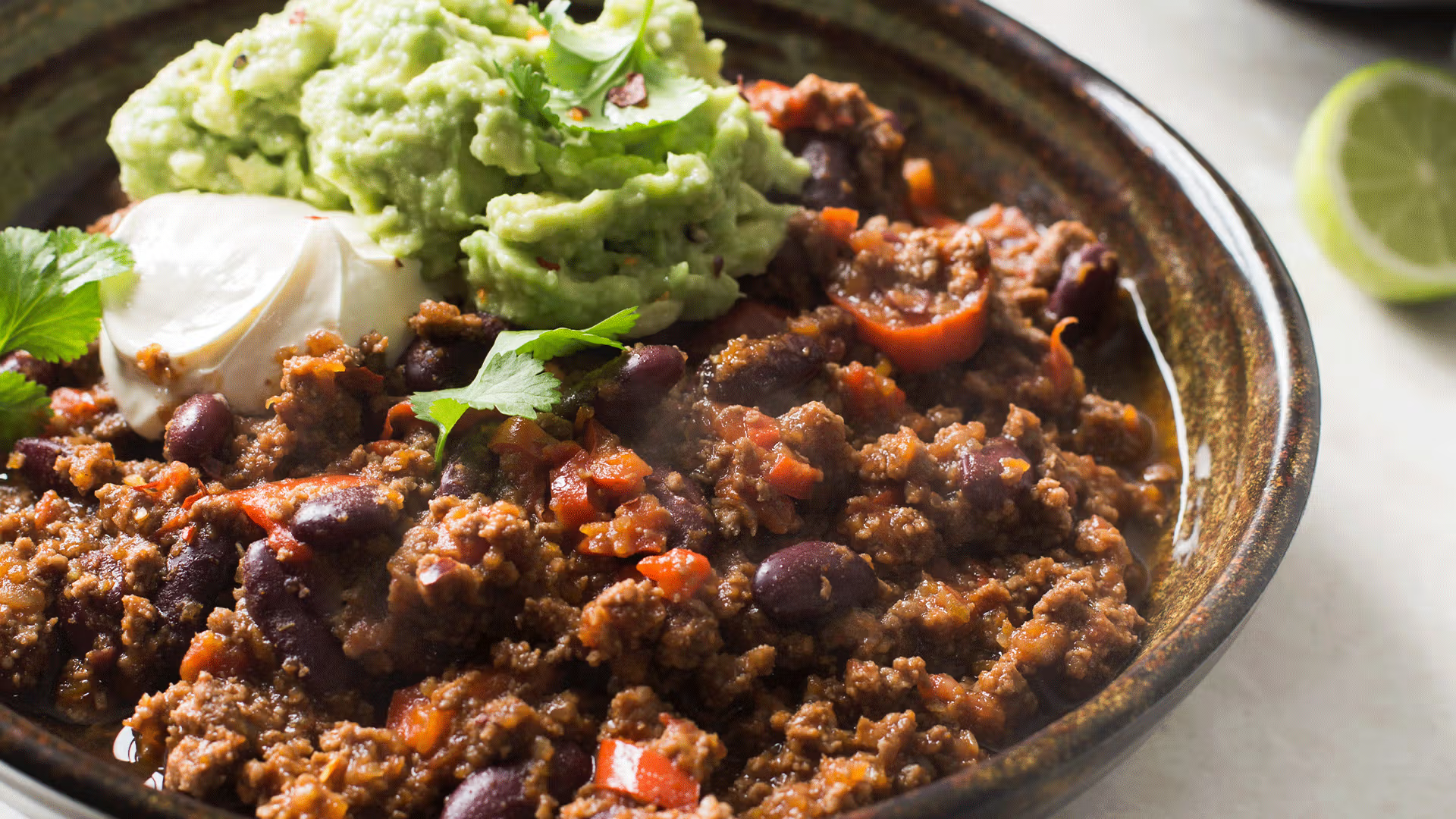Learn
Ingredients How to cook beef cheeksHow to cook beef cheeks

Beef cheeks are perfect to add warmth to your winter. This cut, when cooked long and slow, results in tender, juicy and flavoursome beef. Easily cooked in a slow cooker or casserole dish, this cut requires minimum fuss but delivers maximum impact.
The cut
The beef cheek comes from the facial muscle of the cow. Throughout its life, the cow is constantly working its cheek through chewing food, and consequently the meat is tough. Once cooked correctly, all the connective tissue becomes tender and melts in the mouth. This means it needs to be braised or cooked long and slowly.
How to cook
Best cooking methods – Slow Cook
Beef cheeks are a delicious cut that produce a tender result. They can be cooked casserole style or in a slow cooker. In a casserole dish, add a dash of oil and place over a medium-high heat. Season the beef cheeks, place in a casserole dish and brown on both sides. Lower the heat and add another dash of oil. Return browned beef cheeks to the casserole dish along with a liquid stock, and place in the oven to cook for 3-3 ½ hours or until the beef cheeks are almost falling apart. Stir halfway through cooking and check seasoning as required. For slow cooker cooking, brown beef cheeks first and then add the liquid stock and cook on low for 8 hours.

Nutritional information
Summary:
- Good source of protein
- Good source of vitamin B12
- Good source of zinc
- Source of iron
- Low sodium
Nutrient Composition:
Beef, forequarter chuck steak, separable lean, raw (100g)
- Energy: 550kJ (132kcal)
- Protein: 20.0g
- Total Fat: 5.4g
- Saturated Fat: 1.8g
- Sodium: 56mg
- Iron: 2.0mg
- Zinc: 4.9mg
- Vitamin B12: 2.3ug
Consider nutrition information of other ingredients added while cooking.
Source: The Concise New Zealand Food Composition Tables, 14th Edition 2021







